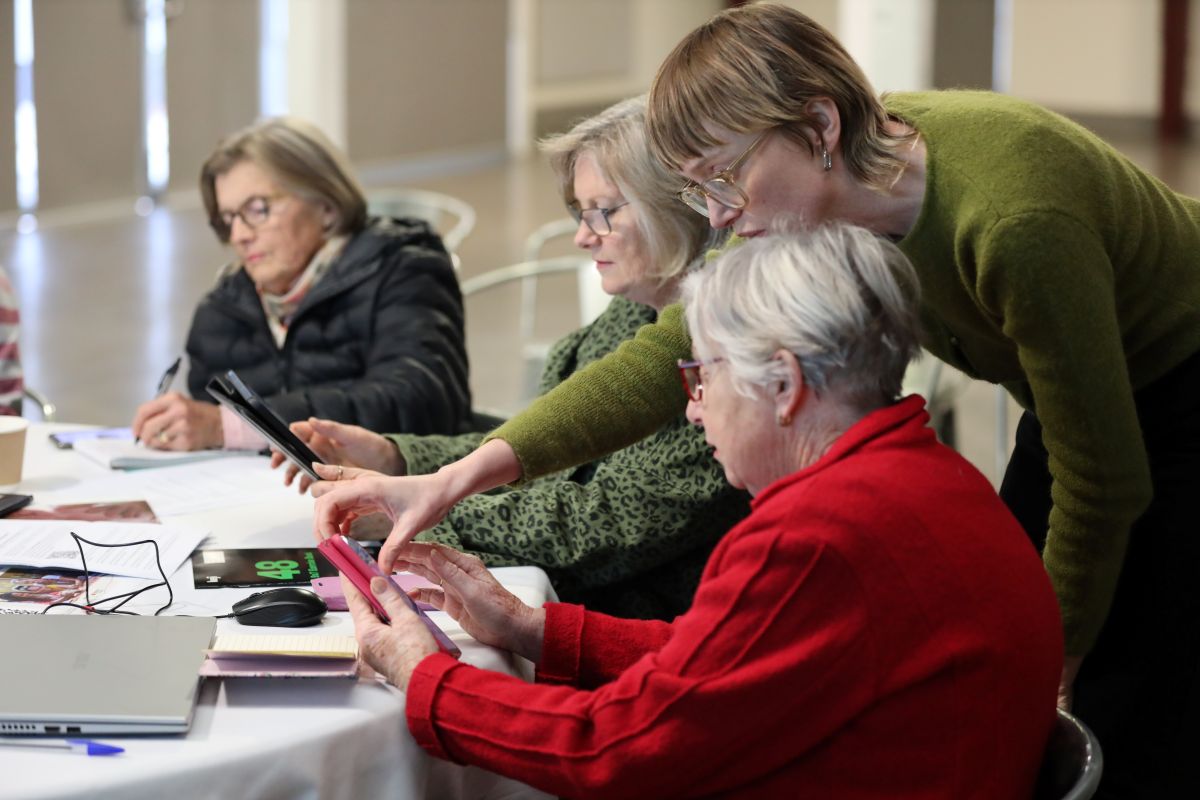The ADII team conducts research with industry, government and the community sector to understand digital inclusion challenges and effective interventions for particular regions and population groups


Affordability remains a major barrier to digital inclusion for low-income households. Many families lack both a suitable device and an affordable, reliable internet service, limiting young people’s ability to participate fully in education and everyday online life.
Telstra’s Connected Students program addressed this barrier in the Shepparton region (2020–2022) by providing technology kits to eligible households with at least one young person (15–18) in secondary school. Each kit included a laptop, a router, and an activated SIM with unlimited broadband for the two-year project period.
This evaluation, led by Dr Jenny Kennedy, assessed the real-world impacts of removing affordability constraints. It examined the value of connectivity and individual device access for students and their schooling, and documented how unaffordable connectivity (i.e. access that creates or requires financial strain) undermines digital inclusion.
Findings show that while the cost of mobile connectivity is a key limiting factor, device access, digital skills and timely technical support are also critical. Some cohorts—such as students in disrupted living situations—require additional consideration. Importantly, targeted support at the individual student level can lift digital inclusion for the entire household. These insights will help shape policies and programs aimed at improving digital inclusion. Detailed results are available in the Connected Students report and related publications in Telematics and Informatics and M/C Journal.

Rural women remain among Victoria’s most digitally excluded groups, facing barriers such as limited technology access, low confidence with digital tools and a lack of locally relevant resources.
The Rural Women Online program, delivered by the Victorian Women’s Trust in August–September 2024, addressed these challenges through hands-on workshops, a one-on-one help desk, local service provider stands, and keynote talks on digital inclusion. Informed by extensive community consultation, the program was hosted in Greater Shepparton and North East Victoria and engaged hundreds of women from diverse backgrounds.
An independent evaluation by members of the ADII team found that the program boosted confidence and created safe, supportive learning environments. 43% of participants reported feeling more capable using digital tools. Over half sought personalised help from local mentors, while strengths-based learning approaches reframed digital challenges as opportunities for empowerment. The program also promoted social connection, with informal “chat corners” and group learning reducing isolation and building ongoing support networks.
The program was tailored to local contexts. In Shepparton, sessions were delivered with translators for the 44% of participants speaking a language other than English at home. In Yackandandah, workshops addressed disaster preparedness in response to local concerns. Older participants were well represented (66% aged 55+), with eSafety sessions proving popular and effective, with 79% feeling safer online afterwards.
Findings suggest that the impact extends beyond the program, as many participants intend to share their new skills with family and friends, further spreading digital inclusion. By taking a place-based, community-driven approach, Rural Women Online demonstrates how listening to local needs and fostering peer-to-peer learning can strengthen digital skills, resilience and connection in regional communities.

There remains a persistent digital divide between urban and regional Australia. Households and businesses in regional areas experience varying connectivity, with some locations facing slower speeds, inconsistent mobile coverage or fewer service options due to geographic and infrastructure factors. The Connecting Victoria initiative is a $540 million investment by the Victorian Government to help close this gap by improving broadband and mobile infrastructure across more than 1,400 sites, most of them in regional towns and outer suburbs.
This evaluation project tracks the real-world impacts of those upgrades. Over three years, the ADII research team are analysing how improved connectivity impacts work, business, education, health, and community life. The research combines big-picture data analysis with on-the-ground case studies and surveys of households and businesses. The goal is to understand not just whether services have improved, but how better connectivity is helping people and places thrive. This includes identifying what kinds of outcomes are possible when local conditions support digital inclusion and what barriers still remain.
The project will help governments, industry and community stakeholders assess the benefits of public investment in digital infrastructure and make better decisions about where and how to invest in future.